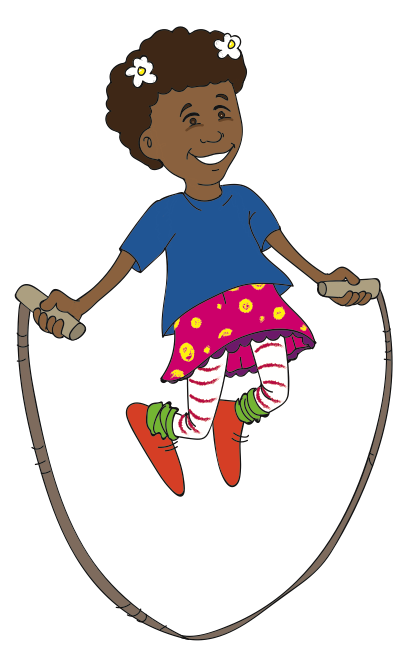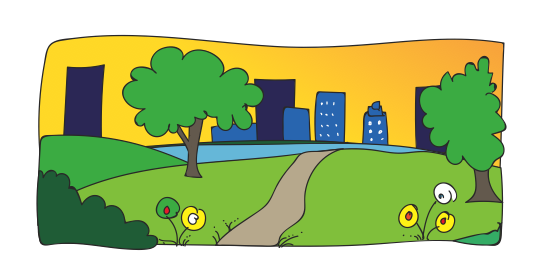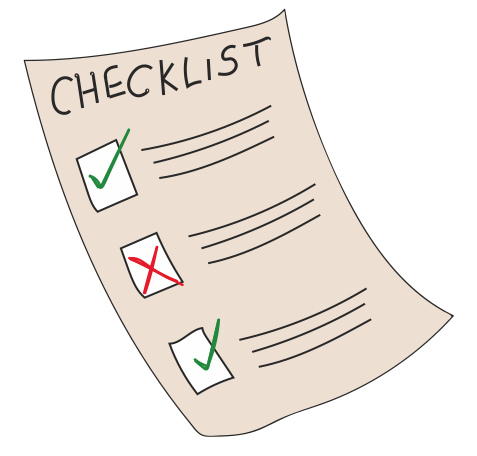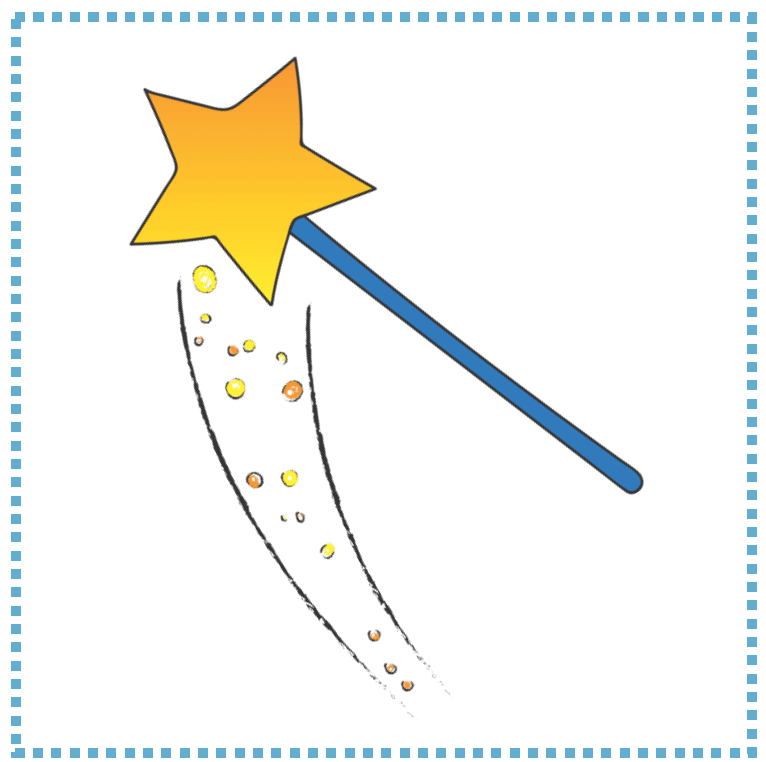Ideas that support parents understand how to use inquiry and play based learning can be used at home while providing some of the background thinking a teacher might engage in when planning or implementing lessons.

Moving and Playing
Playing in a playground is a great way to explore causation with younger children. As they play let them explore different ways of getting things to move or think about the different ways they move their own body to achieve a certain outcome. This reflecting about choices introduces to the very young people in our lives the notion that we all make deliberate choices and these choices will have specific effect. This thinking will become the platform for reading, writing, math and other learning decisions your child will make at different stages. The key is to make the thinking and choice making visible.
As your child gets a little older invite them to plan and invent a new playground of their own. You can follow a modified writing process to do this exploring and idea development together.


DESIGNING A PLAYGROUND
1. Talk and think about who might want to come to the new playground.
2. Go and visit some playgrounds. Have a look at and test the things that are there. What do you like? What don’t you like?
3.Draw your ideas for the new playground.
4. Share your drawing and ideas with others, Do they have comments or suggestions? Use the WHY routine to get your child to make her/his thinking visible about choices made.
5. Redraw or even build a model of the playground using blocks, Lego or art supplies, etc
6. Share your ideas by sending photos of the model to family members
7. When you next go to a playground ask your child if they can see how their ideas might work here? Or get them to see if new ideas come to mind when visiting new playgrounds?


Planning and Testing
When authors create, they are writing for a given purpose and a particular audience. Playing games with your child that has them thinking and designing for a specific purpose and testing their ideas, builds the foundations that will support them as authors as they go through the plan, draft, edit and revise stages of the writing process.
Designing chalk games
Making games that incorporate play will prepare your child to develop the thinking skills and processes needed when writing and developing a story idea. Simple games can be made using chalk and an outdoor space. I came across some simple chalk packs (see photo) and challenged the kids to ignore the rules and develop a new game. They discussed ideas, decided on a purpose, made and tested the game, revising and re-developing it over a series of days.
Give your child some chalk, make some simple ‘beanbags’ or other tossing tool and find an outdoor space for them to test, develop and make a chalk game.
It might be a
- Target game – throwing something at a target to collect points (using numbers) or hit a specific shape or letter on the target. (Perhaps they have to spell a word or collect a series of shapes and then draw something made of those shapes)
- A hopping or obstacle based game to reach a certain point by avoiding or landing on specific places
- A hitting or batting game
Whatever the game, encourage your child to use the play to develop the thinking of an author using the writing process.

DEVELOPING A GAME
1. Thinking about who is going to play the game and why they are going to play it.
2. Imagining possibilities
3. Developing and Testing: Looking at and remembering other games and thinking about how they might be changed or adapted to suit a given purpose.
4. Playing the game with someone and seeing if the rules work and the idea is well received.
5. Revisiting and reworking the game to change parts and features so that it is easier for others to play.
6. Sharing the newly designed game with others and having fun playing it.
7. Sharing ideas about what did and didn’t work and being open to possibilities about what other games or activities might come about as a result of playing the game.


Collecting and Exploring
With your child organize a treasure hunt. Together decide what the focus of the hunt might be.
E.g.
• A set of objects for all the letters in your child’s name
• Start a holiday-long treasure hunt where you collect things for all the letters of the alphabet
• A set of objects or photos of signs and symbols
Having your child work with you on a treasure hunt to collect things that match a certain criteria, you are inviting them to think, reflect and develop a new awareness of certain details. As your child goes to add an object to one category in the treasure hunt, use the “What makes you say that?” routine, to have them justify and reflect on their choices.
This sort of thinking helps them understand and use the alphabet or number systems later on. Understanding the thinking about systems and attributes will underpin the skill of identifying the letters of an alphabet. It will help your child become a problem solver not just “someone who can copy or recall.
Exploring ‘Right There’ and ‘Think and Search’ Ideas
When I travel with my own or other children to new places I am keen to support the development of reflection and observation skills.
Invite your children to look around them and share their observations with you. They can record their ideas through drawings or just talk about what they see. This helps children be aware of the ‘Right There’ information all around them. You may even start this observation with a game of eye-spy.
When I travel I think carefully about where we are going and what observations this might invite. For example if we are traveling where there is going to be bird life, I get a bird book, some pencils and a notebook and a pair of good binoculars.
My kids and I go and see what birds we can observe. They make note of the colors, wing shape, and sounds, where the bird is roosting, etc and then use these facts to identify the bird in the guidebook. They have to collect and reflect on evidence to see if it matches the facts to identify a bird.
From here we begin to explore and reflect on the ‘Think and Search’ information. Why would the bird need a beak like that? What might it eat etc.?
Here are some other ideas
• Bird, animal or plant observations
• Stereotypes and reality:often our kids get presented with stereotypes about groups of people or places when they watch TV, etc. Get your child to list some ‘facts’ they think they know about a group of people or place and then actually get them to observe and notice what of this is the reality. (This also supports more critical thinking and comprehension skills)
Although a lot of these activities don’t involve reading or writing, they are developing the thinking process and skills that will support your child become an effective reader. Learning to be observant about the ‘Right There’ information helps them decode and do basic comprehension. The ‘Think and Search’ processes and strategies help your child comprehend both texts and problem solving questions.
Exploring Mark Making and Representing Ideas:
Provide your child with a range of mark making tools and let them explore what they can do with those tools. This open exploration helps children begin to discover and experiment with the different ways people can record ideas. Literacy is all about finding ways to express and represent our ideas so that others can share in the meaning we are making.
There are apps for doing this sort of experimentation digitally, but having the opportunity to test real life tools opens up a wider range of possibilities. (Real tools also help develop some of those important fine motor muscles)
• Do brushes make the same marks as pencils?
• What happens if we only have a small space to record our ideas?
• What happens if I hold a pen, a pencil and marker together and race my hand around the page?
• What happens if we paint with water in big open spaces? (Great for gross motor development)
Encourage your child to explore other ways of representing ideas using blocks and toys. All of these things will help your child find ways to express themselves like an emerging author.
Investigating ways illustrators record hidden information:
The joy of picture books, no matter how old you are, is what hidden ideas the illustrator has added to a story. Spend time reading picture books together and then hunt through the pictures together to see what other ideas the illustrator is adding to the story.
Use the concept form to help you hunt for hidden the ideas
• How did the illustrator represent smells or sounds? How might you record the form of hard to see things?
• How did the illustrator represent speed or emotion? What words might the author have used that gave these illustrator the clue to draw this?